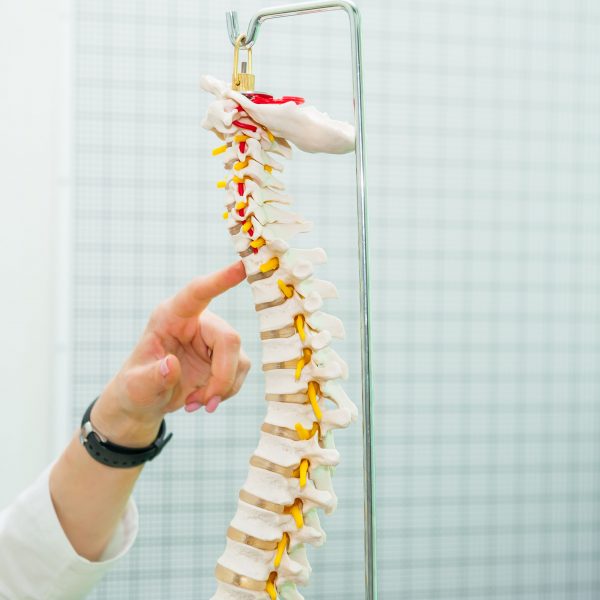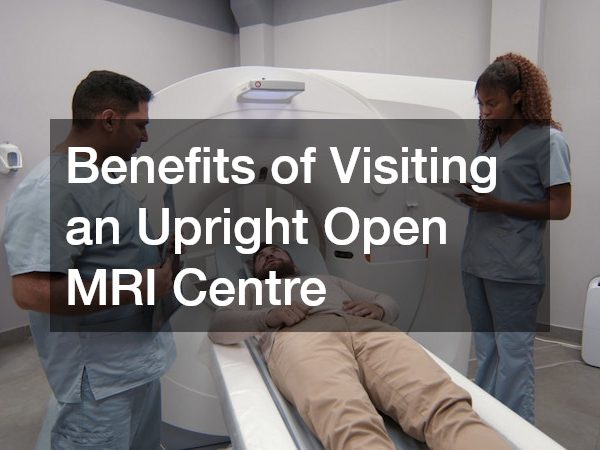In February 2020, the UCSF’s School of Dentistry hosted a summit to campaign for dental care for patients with special needs. The university’s News Services note that these patients suffer a wait time of even up to five years to get an appointment. Every patient deserves timely access to safe and professional dental care irrespective of their medical condition. But, is it that most dentistry practices have not adopted technologies and innovations that are accommodative of even such patients with autism, disabilities, and other special needs? And, why has it taken them this long to adopt these advanced dental solutions? Would it cost the patient or the practice much to have and use these dental innovations?
The cost of adoption of dental technology
There have been significant advances in dental technology, some of which include 3D printing in dentistry, distalizers, and non-invasive orthodontic appliances. But, having less mastery of these advanced dental solutions has had the practice suffer in administering quality dental services to patients. And, with emphasis on special needs patients, more and more patients remain unattended to as a result.
There, however, have been much more investments in research to create advanced dental solutions for patients of all ages and medical conditions. Institutions of higher learning, research centers, individual medical practitioners, and local citizens have raised concerns and some funded worthy causes to alleviate challenges in the practice.
But, how promising is the future of dentistry?

Projections on the future of the practice by the America Dental Education Association include technologies such as teledentistry and intra-oral cameras. Such applications are the flicker of hope, especially in addressing the issue of access to professional dental even for patients with special needs. Further, integrating artificial intelligence into these smart dental appliances will provide dental practitioners data sufficient enough to customize solutions for every patient. Dentists can also create proactive measures to address risks better than the practice could face and offer timely services to patients.
With that, the options will be limitless as dental patients will receive specialized care for their specific dental problems while considering their health status and physical condition. Thanks to advanced communication platforms, dentists can remotely monitor the progress of their patients and offer their professional help without having the patient visit their office.
Conclusion: All-Inclusivity
It is great that the UCSF’s School of Dentistry brought together dental practitioners, educators, policymakers, and patients alike in their campaign for all-inclusivity in dental care. But, it should not just be a movement that spans a local community but the entire nation. And, with that, to not only raise awareness but also formulate the next steps that the practice should take in rolling out professional dental services to all patients and in a safe environment.
Whether using 3D printing and other advanced dental technologies and innovations is the way out is not the question here—it is—, but which, when, and how soon. Also, investing more and more in dental technology is sure to keep the practice growing, but the emphasis should be on better treatment and reducing risks of periodontal diseases for all patients. And, you have a role here; be an active contributor to this noble cause.






